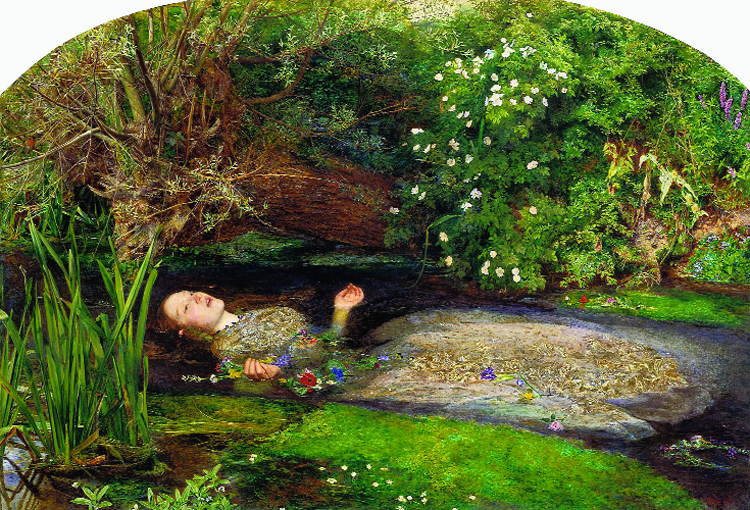When Sleeping Beauty gets into deep sleep following the evil fairy’s curse, one often forgets whether she is merely asleep or dead. She lies in state, in a glass case, not moving (does she breathe?), her body laid out perfectly, the profile set up impeccably for an approaching prince. And approach he will. How can he resist a woman so beautiful?
There is also the distinct sense of a crowd having gathered through the centuries to watch her.
Long line-up
Several other beauties have been in a state of repose or dreaming for long, across different times and different cultures. A notable example is Sleeping Beauty’s fairy-tale mate, Snow White. Done in by her wicked stepmother’s poison apple, Snow White, too, lies in state in a glass case, profile erect, waited on by the Seven Dwarfs, waiting for the approaching prince.
In the Bengali fairy tale Ghumonto Puri (The Sleeping Castle) in Dakshinaranjan Mitra Majumdar’s collection ‘Thakumar Jhuli’, a very similar state like Sleeping Beauty’s prevails. An adventurous prince chances upon a sleeping castle and encounters, no marks for guessing, a beautiful, sleeping princess. Her beauty arrests him. He keeps gazing at her. Years pass. One day, he spots a golden bar near her head, picks it up, spots a silver rod at her feet, picks it up too, and the golden rod touches the princess’s head. Voila! She wakes up. So does the entire castle, with everyone within it. A demon had put a curse on the castle and all its residents.
Death becomes her
Literature, less kind to happy endings, takes this state of sleep further. In Hamlet, Ophelia’s body floating in a brook, and in Tennyson’s The Lady of Shalott, the lady’s body floating towards Camelot and Lancelot, are downright beautiful.
In Keats’s The Eve of St. Agnes, Porphyro melts into Madeline’s dream, and the results are complex. (Both Ophelia and Madeline were painted by the British artist John Everett Millais.) In the film Chaudhvin ka Chand, Guru Dutt goes on singing the song of the same name in Mohammad Rafi’s voice, his eyes fixed on Waheeda Rahman’s exquisite face, but Waheeda begins to stir into wakefulness only after half the song is done.
Multiple fantasies
One has a sneaking suspicion that the women would have not been so alluring had they been awake. Sleep -- or death -- have made them seductive. Why?
Because a sleeping beauty is a multiple male fantasy. There are at least three reasons.
1 When a woman is sleeping, she offers no resistance, to anything, to any advance. Did anyone ever ask if Sleeping Beauty wanted to be kissed by that particular prince?
2 When a woman is sleeping like that, it is a form of incarceration, and the man can rescue her. A damsel-in-distress is another abiding male fantasy.
3 We must realise that when we look at a sleeping beauty, or other beauties, who are women, more often than not we are adopting the male gaze.
Sleeping beauties are given to lying. The centuries have taught them to do so.
Just look at the opposite. Princesses, when they get a chance at transforming something or somebody, only get a frog or a monster to kiss. Only the Bride in Kill Bill is different. Stung back into life by a mosquito from a deep coma, she goes on her roaring rampage of revenge, turning into a monster herself quite often. But that is a different story.

